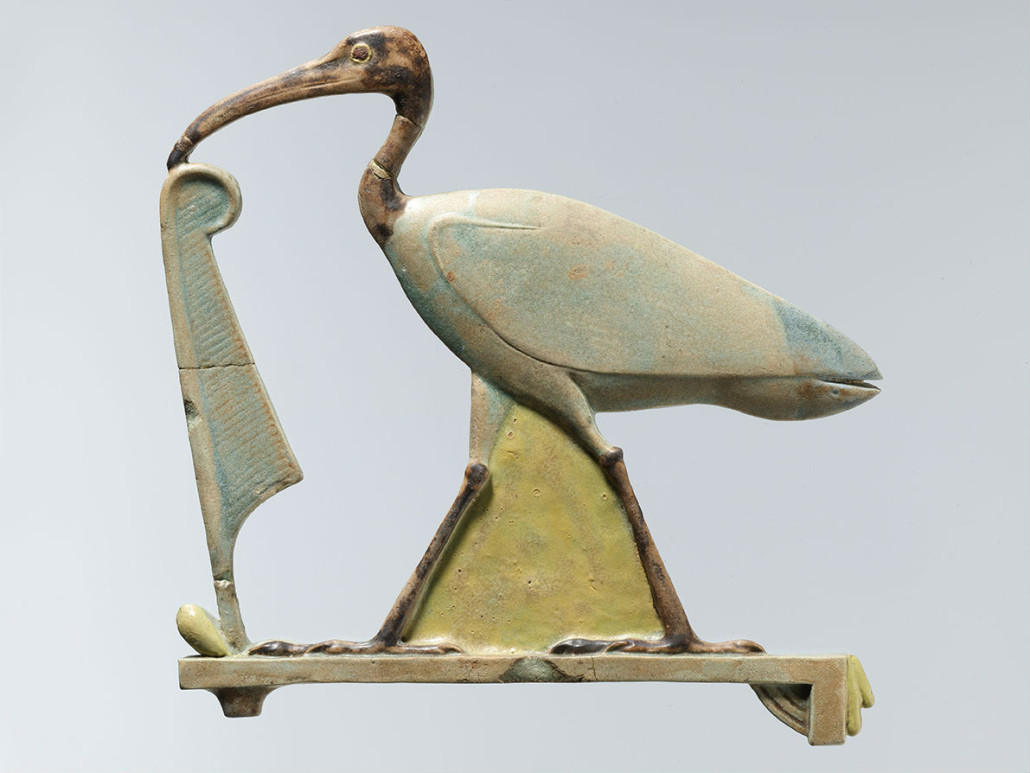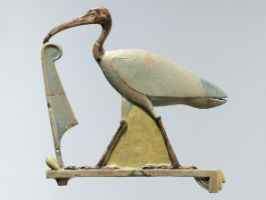
NEW YORK – A nearly 72-foot-long ancient Egyptian Book of the Dead, colorful figural tiles from a shrine from Hermopolis (the city of the god Thoth), and more than 200 additional works of art created in Egypt between 332 to 30 B.C. will return to view at the Metropolitan Museum of Art on July 1 with the reopening of two recently renovated galleries dedicated to Ptolemaic art.
The Ptolemies were a dynasty of Macedonian rulers of Egypt descended from one of the generals of Alexander the Great. During the three centuries of Ptolemaic rule, Greek settlement of Egypt increased, and Hellenistic and Egyptian artistic styles coexisted and blended.
Originally installed in 1976, the Ptolemaic galleries closed for renovation in July 2015. A drop ceiling was removed, adding some 6 feet to the height of the rooms; a long case that divided the space has been replaced with walk-around cases with ultra-clear clear glass to accommodate close viewing; and a wall-mounted case that protruded into the room has been recessed cleanly into the wall.
New archaeological finds and fresh analyses from the past four decades have brought about a deeper understanding of this period. These insights—together with discoveries made by curatorial and conservation staff of the Met about works of art in the collection—will be incorporated into the enhanced presentation.
Two thematic areas anchor the new installation. One, focusing on temples, which were at the center of Egyptian towns and populations, includes the large faience tiles from a shrine, an array of statuary of gods in bronze and stone, and temple offerings ranging from gold jewelry and silver vessels to the wrapped animal mummies associated with animal cults. The other, focusing on royalty and the elite, includes sculptures of queens Arsinoe II and Cleopatra VII; faience wine vessels bearing the delicate likenesses of Ptolemaic queens; elegant relief plaques associated with royal cults; statuary of officials; and personal, domestic, and funerary items.
Also returning to the galleries will be three wrapped mummies and their coffins.


